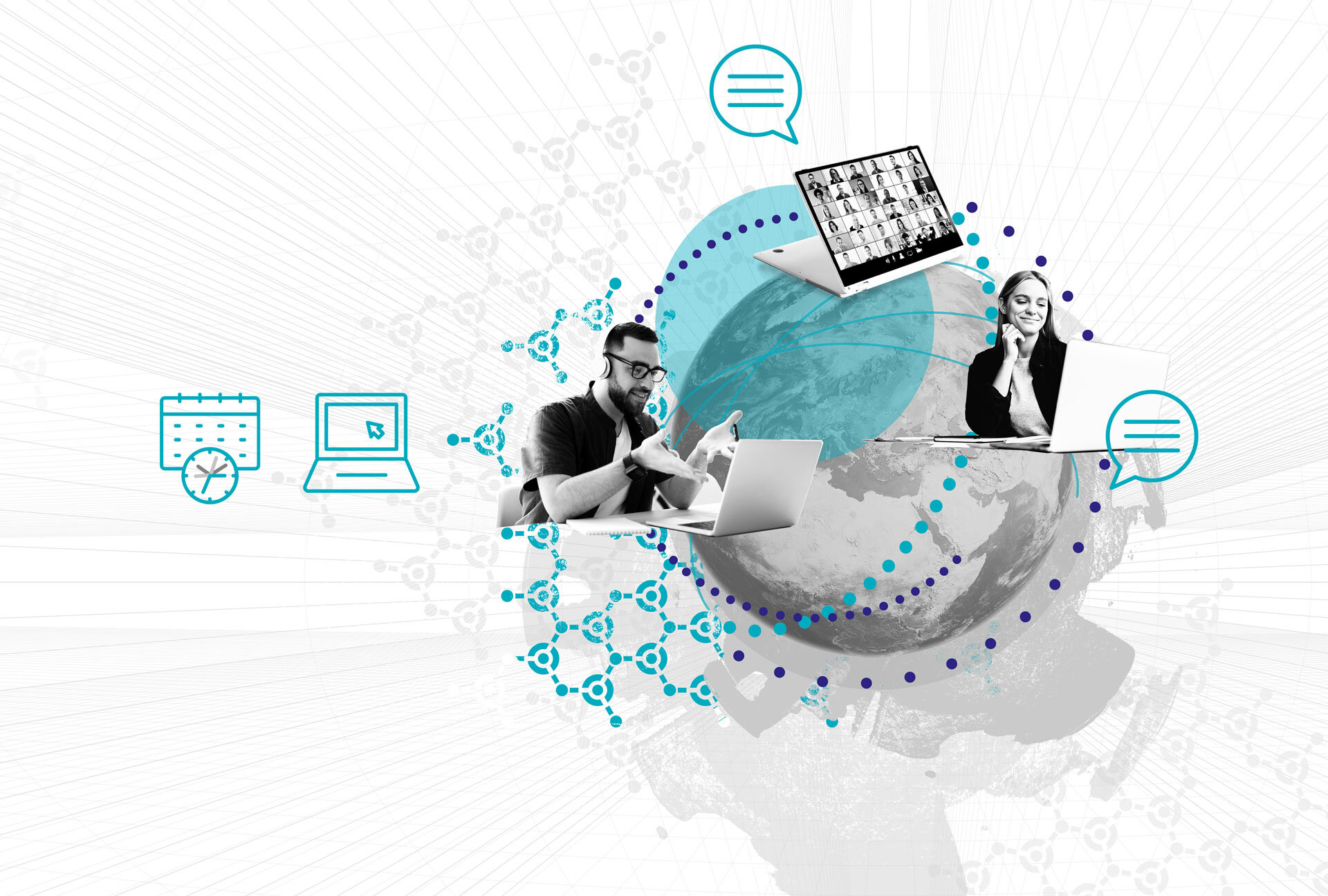Why use Data Vault 2.0 to Tackle GDPR?
Today, we explore how Data Vault 2.0 can be a powerful tool for addressing the challenges posed by the General Data Protection Regulation (GDPR). GDPR requires organizations to protect the personal data of European citizens and grants individuals the “right to be forgotten”. This article outlines how Data Vault 2.0 can simplify compliance with GDPR while maintaining the integrity of your data warehouse.
In this article:
Understanding GDPR and its Challenges
GDPR, implemented in 2018 by the European Union, sets strict rules for handling personal data. One key aspect is the right to be forgotten, allowing individuals to request the deletion of their personal information from an organization’s systems. For data warehousing and analytics, this can be particularly challenging as organizations often need to retain some data for analytical purposes while complying with GDPR’s deletion requirements.
The Data Vault 2.0 Approach to GDPR
Data Vault 2.0 provides a structured way to tackle GDPR compliance through its unique data modeling techniques. At its core, Data Vault separates data into three main components: Hubs, Links, and Satellites. Satellites are used to store descriptive attributes of business keys, and with GDPR, we can utilize a method called Satellite Splits to manage personal and non-personal data effectively.
Satellite Splits
Satellite splits involve creating separate Satellites for personal and non-personal data. For example:
- Personal Satellite: Contains personal information such as names, addresses, and email addresses. This data must be deleted if a customer exercises their right to be forgotten.
- Non-Personal Satellite: Stores non-identifiable data such as regions or generated technical data, which can be retained for analytics even after personal data is removed.
When a deletion request is received, you can simply delete the records from the Personal Satellite while retaining the non-personal data for analytical use. This ensures compliance with GDPR while preserving valuable business insights.
Addressing Privacy-Relevant Business Keys
One of the challenges with GDPR is managing business keys that are tied to personal data, such as social security numbers. If such keys are used in Hubs, deleting personal data becomes complicated. Here’s how Data Vault 2.0 handles this:
Using Artificial Hubs
To avoid using personal attributes as business keys, Data Vault 2.0 introduces artificial Hubs. These Hubs assign unique, non-identifiable numbers to replace personal identifiers. For example:
- An artificial Hub might contain a generated number for each customer’s car insurance data.
- A Link connects the artificial Hub to the personal data stored in a Satellite.
When a customer requests deletion, you delete the connection between the personal identifier and the artificial number in the Link. The artificial Hub remains intact, allowing you to retain non-personal data for analytics without risking re-identification.
Best Practices for Implementing GDPR with Data Vault 2.0
- Avoid Personal Identifiers as Business Keys: Always opt for non-personal or artificial identifiers wherever possible to simplify the model.
- Use Randomized Identifiers: Generate UUIDs or random sequence numbers to prevent reverse-engineering personal data.
- Collaborate with Legal Teams: Work closely with legal experts to define which data can be retained and which must be deleted under GDPR.
By adhering to these practices, organizations can create a robust Data Vault model that simplifies GDPR compliance while maintaining data integrity and analytics capabilities.
Conclusion
Data Vault 2.0 offers a flexible and efficient approach to tackling GDPR challenges. By leveraging Satellite splits and artificial Hubs, organizations can balance regulatory compliance with business needs. While managing GDPR compliance may seem complex at first, the structured approach of Data Vault 2.0 ensures that your data remains both secure and useful.
For further learning, join the Data Vault Innovators Community or participate in Data Vault Fridays hosted by Scalefree. These resources provide valuable insights and opportunities to explore topics like GDPR, data warehousing, and more.
Watch the Video
Meet the Speaker

Lorenz Kindling
Lorenz is working in Business Intelligence and Enterprise Data Warehousing (EDW) with a focus on data warehouse automation and Data Vault modeling. Since 2021, he has been advising renowned companies in various industries for Scalefree International. Prior to Scalefree, he also worked as a consultant in the field of data analytics. This allowed him to gain a comprehensive overview of data warehousing projects and common issues that arise.

